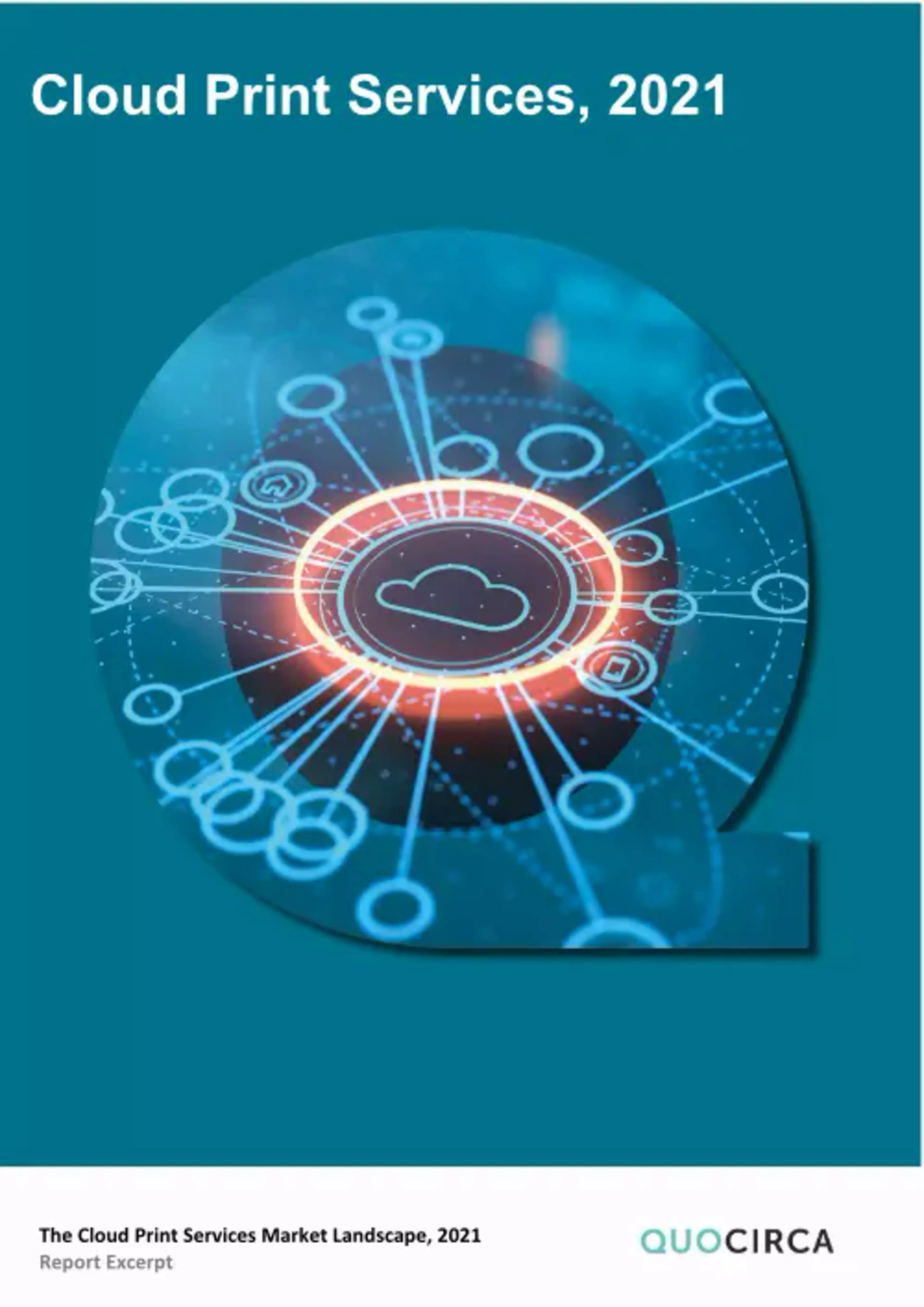Hybrid Cloud Platform (HCP) is a cloud-based multi-tenancy print solution providing organisations with all the flexibility and benefits of a Software-as-a-service (SaaS) solution. HCP streamlines your print infrastructure, eliminates print servers and incorporates cloud technologies with ease — so this all-in-one hybrid print platform offers optimal security and flexible printing options while also reducing the workload of your IT staff.
Benefits at a glance
HCP is designed to help organisations reduce the cost and complexity associated with a traditional print environment while maintaining all features of a traditional print management solution.
Supporting workforce mobility
Simple to install and manage
Vendor agnostic: can be used to support mixed fleets
Secure: hosted in AWS data centres and encrypted end-to-end
Improved user experience
Universal PDF print driver
Simple driver management
Identity management
Automation and scalability
Cloud Natice: developed as a SaaS offering & delivering all the benefits
Contactless Printing with EveryonePrint Hybrid Cloud Platform
HCP is always on, always up to date and always secure. Moving your print infrastructure to the cloud has never been easier.
Key features
Controlled via single cloud-hosted web interface
Serverless print environment/No set-up for new printers or print queues for each location
Reduced print-related helpdesk tickets
Flexible monthly payment options
No big investment into IT infrastructure needed
Access to printing services from any device without installing devices/ drivers
User identification via iOS or Android, IP card reader, QR code or guest print
Hosted and managed in Konica Minolta's certified Data Centre in Germany
Full end-to-end encryption, GDPR compliant
All networking components can be customised
Quocirca Cloud Print Services Report
The ability of cloud-based services to deliver flexibility, on-demand scalability and reliability while controlling direct costs and administrative overheads has come into its own during the COVID-19 pandemic. IT teams have scrambled to support the shift to remote-working as businesses have battled to maintain employee productivity; cloud-based software and services have often played a central role in the tactical response to the crisis.

Further reading




